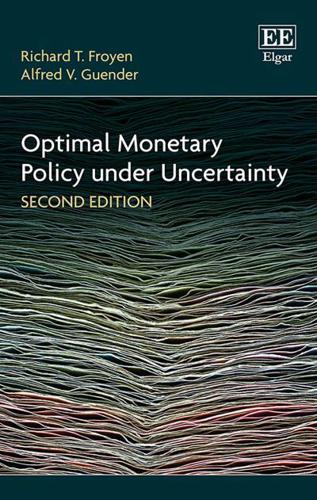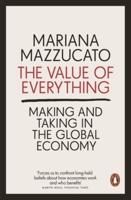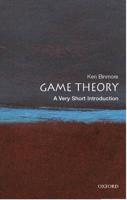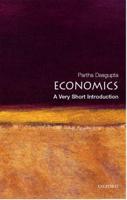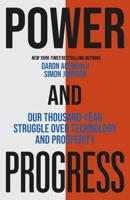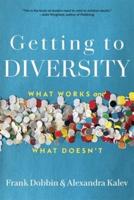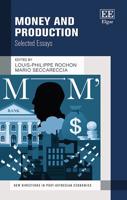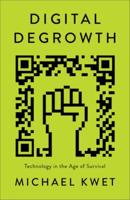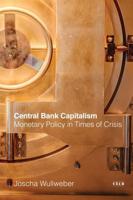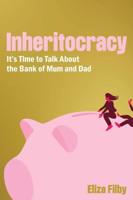Publisher's Synopsis
Casting a wide net in this, their second edition, Froyen and Guender provide coverage of the model-based literature on optimal monetary policy in the presence of uncertainty, with both open- and closed-economy frameworks considered.
The authors have grounded New Keynesian research of the 1990s and 2000s in the literature of the 1970s, which viewed optimal policy as primarily a question of the optimal use of information, and studies in the 1980s that gave primacy to time inconsistency problems. The Global Financial Crisis of 2007-09 led to the recognition that financial markets and institutions required greater attention in policy modeling. Herein, the authors provide a thorough survey of the post-crisis literature that resulted from this recognition.
Researchers in academia and at central banks, students and policy makers will value the wide scope of coverage provided in this examination, leading them to a better understanding of issues such as discretion versus commitment, target versus instrument rules, policy in closed versus open economies and the proper mandate for central banks, including the relationship between interest rate policy and macro-prudential instruments.
Praise for the first edition:
'In this book the authors provide a comprehensive review of optimal monetary policy in the context of small, log-linear, macroeconomic models that are subject to stochastic shocks. . . I think the book provides a very good introduction to the literature on optimal monetary policy (in short-run models) for non-specialists and students. Some of the content of the book could be used in upper-year undergraduate courses in either macroeconomics or in a specialised monetary economics course. The models are clearly set-out and discussed and there is frequent use of diagrams. The authors spend a lot of time and effort to provide the economic intuition for the models that are presented.'
- Glenn Otto, Economic Record
'Froyen and Guender have provided a thorough and careful analysis of optimal monetary policy over most of the range of theoretical models that have been used in modern macroeconomics. By providing a comprehensive and clear comparative framework they will help the student of monetary policy understand why there have been conflicting views of what policy makers should do.'
- Central Banking
'In Optimal Monetary Policy Under Uncertainty, academicians and economists Richard T. Froyen and Alfred V. Guender have collaborated on presenting an informed and informative survey of optimal monetary policy literature arising during the 1970s and 1980s as a ground work for understanding current market and other economic influences on such germane issues as discretion versus commitment, target versus instrument rules, and the delegation of policy making authority within the private and public sectors. With meticulous attention to scholarship and objectivity. . . Optimal Monetary Policy Under Uncertainty is a thoughtful and thought-provoking body of work that is very strongly recommended for professional, academic, corporate and governmental economic reference collections and supplemental reading lists.'
- Midwest Book Review
